Most suitable oak species for the high desert
ospreynn
10 years ago
Related Stories
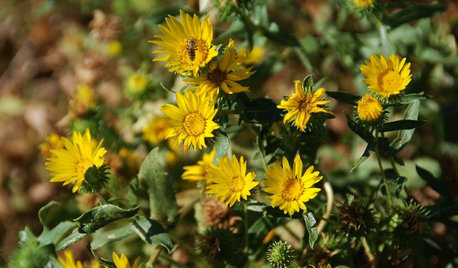
GARDENING GUIDESGreat Design Plant: California Grindelia Species for Beneficial Insects
Use gum plants as reliable summer bloomers and to provide habitat for California native bees, butterflies and other beneficial insects
Full Story0
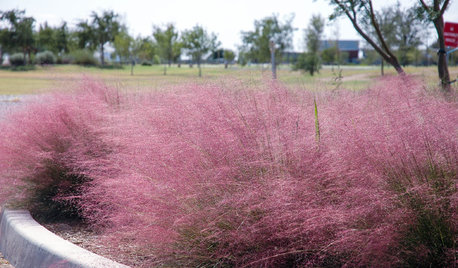
NATIVE PLANTS10 Top Plants Native to the Desert Southwest
Get a thriving garden despite unforgiving conditions with these tough, unthirsty, sun-loving beauties
Full Story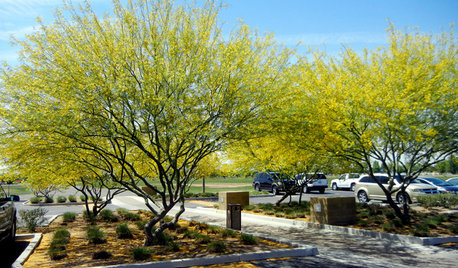
TREESGreat Design Plant: Desert Museum Palo Verde Offers a Colorful Canopy
Rising above others with its long bloom time, artful vase shape and lack of thorns, this tree is great for casting filtered shade
Full Story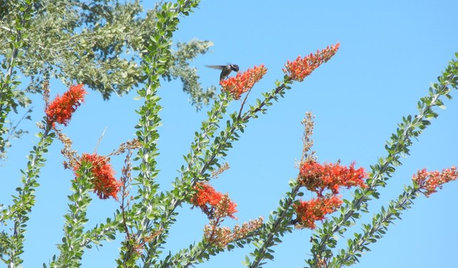
GARDENING FOR BUTTERFLIESGreat Design Plant: Ocotillo for High-Reaching Flair
Add a dramatic accent to a dry landscape with this striking desert plant silhouetted against the sky
Full Story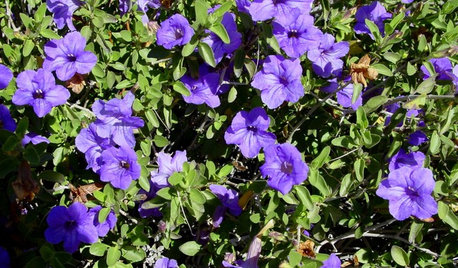
GARDENING GUIDESGreat Design Plant: Desert Ruellia Brings Beauty to Dry Gardens
Abundant purple flowers and bright green foliage would make this shrub a winner even without its unthirsty ways
Full Story
DECORATING GUIDESGet the High Style of Ebony Minus the High Price
Bring the elegance of a prized wood to your rooms with techniques that replicate the look for less
Full Story
WOODTry DIY Plywood Flooring for High Gloss, Low Cost
Yup, you heard right. Laid down and shined up, plywood can run with the big flooring boys at an affordable price
Full Story
THE ART OF ARCHITECTUREWorld of Design: Trees Bring Nature to a High-Rise in Milan
Discover ‘the most beautiful and innovative skyscraper in the world’ — the foliage-filled Bosco Verticale — and tour one of its apartments
Full Story
CLOSETSThe 15 Most Popular Closet Luxuries on Houzz
Turn distressing disarray into streamlined perfection with closet organizers and amenities like these
Full Story
FLOORS10 Ways to Make the Most of Your Home’s Original Floors
Save yourself the cost of replacing your old floorboards with these tips for a new finish
Full Story







joeinmo 6b-7a
davidrt28 (zone 7)
Related Professionals
Wrentham Landscape Architects & Landscape Designers · Erie Landscape Architects & Landscape Designers · Prairie Ridge Landscape Architects & Landscape Designers · Manchester Landscape Contractors · Mastic Beach Landscape Contractors · Raleigh Landscape Contractors · Vacaville Landscape Contractors · Waipahu Landscape Contractors · Clearfield Landscape Contractors · Lenoir Siding & Exteriors · Lombard Siding & Exteriors · Auburn Decks, Patios & Outdoor Enclosures · Dedham Decks, Patios & Outdoor Enclosures · Philadelphia Decks, Patios & Outdoor Enclosures · Jericho Stone, Pavers & Concretedavidrt28 (zone 7)
ospreynnOriginal Author
Toronado3800 Zone 6 St Louis
ospreynnOriginal Author
davidrt28 (zone 7)
ospreynnOriginal Author
dricha
ospreynnOriginal Author
ospreynnOriginal Author
poaky1
bengz6westmd
ospreynnOriginal Author
treebarb Z5 Denver
famartin
ospreynnOriginal Author
dricha
ospreynnOriginal Author
scotjute Z8
ospreynnOriginal Author
Toronado3800 Zone 6 St Louis
scotjute Z8
ospreynnOriginal Author